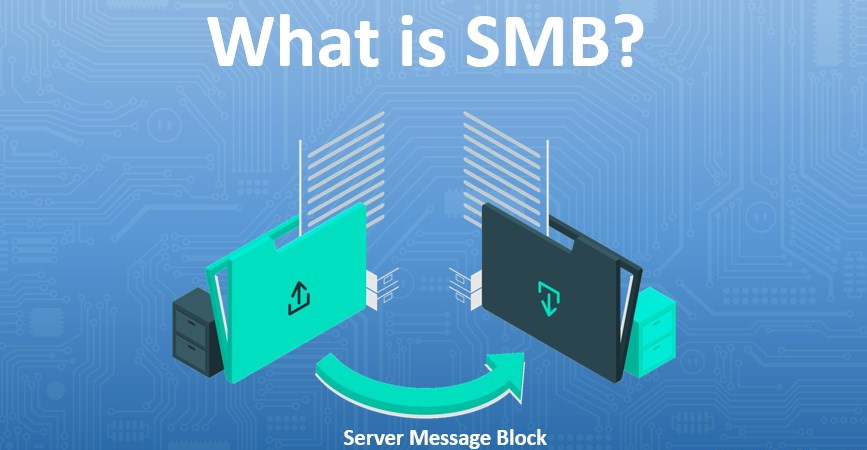

Samba-An open source SMB implementation that is highly popular in Linux/Unix and macOS. CIFS-The common internet file system (CIFS) is Microsoft's implementation of the SMB protocol. Below are some of the most popular implementations of the SMB protocol: And not only with Windows-it has also been widely adopted by other operating systems, such as Linux/Unix and macOS. The SMB protocol is one of the most popular protocols for file and resource sharing over networks. Instead of disabling them, properly restricting the access of the relevant ports (TCP 139 and 445) to a trusted network will be a sufficient security measure. Disabling them will not do any good, but rather give you a lot of headaches as an admin. If your computer is a part of a workgroup or domain network, I would highly suggest leaving both the LanmanServer and LanmanWorkstation services enabled. If you disable it, your computer will not be able to communicate properly with other network devices.Īn attempt was made to logon, but the network logon service was not started Important note for network computers As the name suggests, netlogon is an important service for network logon and authentication. If you run the Get-Service LanmanWorkstation -DependentServices command, you will notice two services (Netlogon and Remote Desktop Configuration) that depend on the LanmanWorkstation service. Stopping the LanmanWorkstation service means you're essentially stopping the computer's ability to use remote SMB shares. The information about this service is stored in the following registry location:Ĭomputer\HKEY_LOCAL_MACHINE\SYSTEM\CurrentControlSet\Services\LanmanWorkstation Is it safe to disable the Lanman workstation service? Similarly, the LanmanWorkstation service on your computer makes sure that it can utilize SMB shares and shared printers from remote computers or servers. Disabling this service will not affect your ability to use the Internet. Restart your computer after running this command, and you will notice that port 445 is no longer listening. Before actually disabling it, use the following command to check whether there is any service dependent on it: Get-Service LanmanServer -DependentServicesĭisabling and stopping the LanmanServer service using PowerShell 
This should give you an idea of how important the LanmanServer service really is, particularly for a file server or a domain controller in Active Directory (due to the sysvol and netlogon shares).įor home users, if you're not using any file or printer sharing services, the service can be safely disabled. If you stop this service, all the sharing will stop working, and other computers will not be able to access the resources you are sharing on your computer (including folders, printers, and default admin shares). The information about the LanmanServer service is stored in the following registry location:Ĭomputer\HKEY_LOCAL_MACHINE\SYSTEM\CurrentControlSet\Services\LanmanServer Is it safe to disable the Lanman server service?Īs discussed above, the LanmanServer service is important for your computer to be able to host SMB shares. Viewing all the shares on your computer using PowerShell You can check the status of both services using the Get-Service Lanman* PowerShell command.
#Smb list file time windows 10#
Every Windows computer, whether it is running a server OS (like Server 2016 or Server 2019) or a client OS (like Windows 10 or Windows 11), has both the LanmanServer and LanmanWorkstation services. Understanding SMB protocol servicesĪs a client–server protocol, SMB requires a server service ( LanmanServer) and a client service ( LanmanWorkstation). Supports AES-256-GCM and AES-256-CCM encryption, SMB direct with encryption, Supports SMB over QUICĪs you can see in the table, Windows 11 and Windows Server 2022 still use the SMB 3.1.1 dialect which has few new features and security enhancements. Supports AES-128-GCM and AES-128-CCM encryption, supports directory caching, supports pre-authentication integrity checks to mitigate MITM attacks

Performance improvements, ability to disable CIFS/SMB 1.0 for increased security Minor performance improvements, Opportunistic locking, Significant MTU supportĮnd-to-end encryption, SMB transparent failover, SMB direct, SMB multichannel, SMB scale out Reduced protocol chattiness, Supports the pipelining mechanism Supports larger files, direct transport over TCP/IP Extremely chatty, No encryption, Insecure







 0 kommentar(er)
0 kommentar(er)
